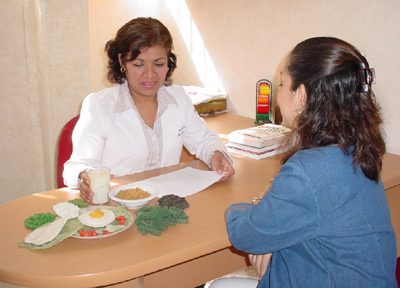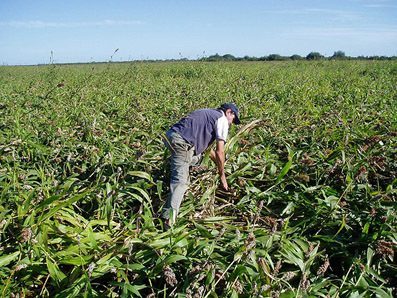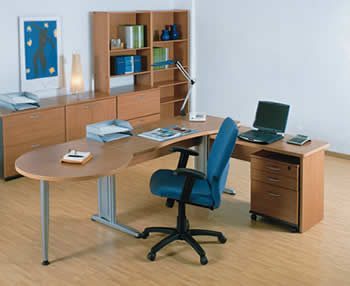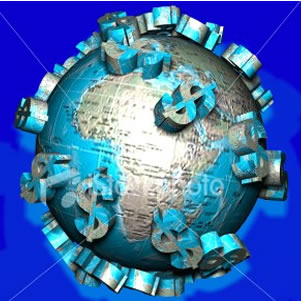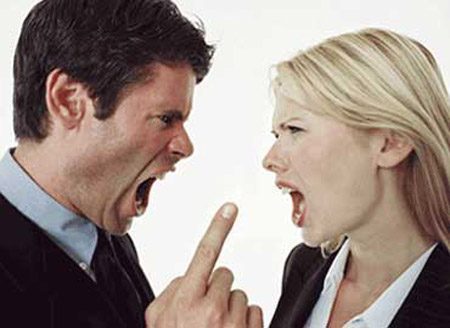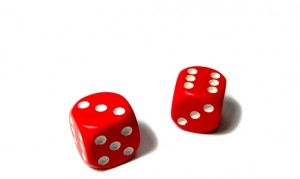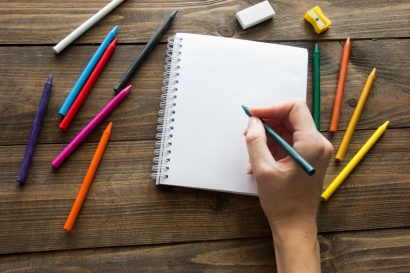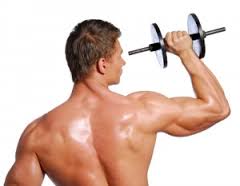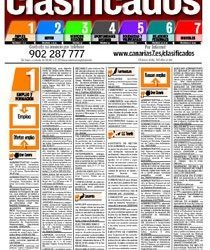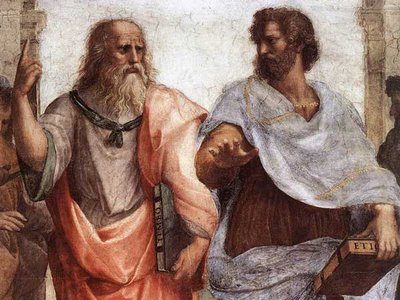 The name of the Animalia Kingdom is the one used to refer to the kingdom made up of animals and which is, without a doubt, the best known to human beings (who are also part of it).
The name of the Animalia Kingdom is the one used to refer to the kingdom made up of animals and which is, without a doubt, the best known to human beings (who are also part of it).
Kingdom made up of vertebrate and invertebrate animals, including the human species. Main features
The animal kingdom is characterized by having members that manage to develop their own mobility, unlike what happens with the members of the plant or fungal kingdom. Animals appear on planet Earth in a very important diversity, with thousands of species but also differentiation based on the type of cells that compose them, the type of diet they develop, etc.
Unlike what happens for example with the monera kingdom, composed mainly of unicellular organisms (that is, with a single cell), the animalia kingdom is composed of multicellular organisms, which means that its organic structure is much more complex and, Depending on the type of animal and its species, the physical appearance will be much more complex as well.
At the same time, this variety of cells found in the formation of animals is what allows the existence of so many variants in terms of size, color, type of hair or skin, way of feeding, etc. Animals, unlike bacteria, are eukaryotic organisms, which means that in all their cells there is a well-defined nucleus, container of the genetic material specific to each specimen.
Another feature of great importance in the animal kingdom, which differentiates these living beings from fungi and plants, is that all their members are heterotrophic. In other words, being heterotrophic means that food must be sought outside of their body since they cannot produce it themselves (as plants do). In addition, all of them also consume oxygen, to a greater or lesser extent.
Finally, animals have a process of existence that is characterized by reproduction and development, at which time the organism slowly acquires those characteristics typical of its species and that will give it its final physiognomy.
Within the animalia kingdom, two subgroups can be distinguished, vertebrates and invertebrates, each with its own particular characteristics.
The first group includes all those who have a backbone in its organic conformation, while those who lack it belong to the second group.
In humans, the vertebral column or spine is a highly complex articulated and resistant structure that has the shape of a longitudinal stem. It is located in the middle and posterior part of the trunk and extends from the head to which it supports, and passes through the neck and back until it reaches the pelvis, part of the human body to which it supports.
The discs, vertebrae, and spinal cord are the building blocks of the spine.
It acts as a conduit of communication with the brain, carrying and bringing the corresponding signals through the spinal cord.
For example, an injury in the latter produces a certain and serious failure in the exchange of information to relevant parts of the body such as the legs and arms, which allow the mobilization of the human being and also that it can reach or take things.
Differential traits of human beings with respect to the other members of the animal kingdom
Meanwhile, human beings belong to the animal kingdom, since we are of this group the most developed species in intellectual matters, since we are the only ones with the capacity for reasoning.
The mental capacities that human beings possess and that are absolutely characteristic of this species allow them to think, invent, learn abstract concepts and use linguistic structures of enormous complexity, questions that the rest of the animal kingdom cannot carry out, because they have limited or non-existent capacities. in this sense.
We must also say in relation to displacement and movement, that human beings are undoubtedly the ones who show the most plasticity in this sense within this group, since we can carry out a very wide range of movements that makes us capable of dancing, doing sports, and many other everyday activities that other animals cannot do.
On the other hand, we have the ability to manipulate and manufacture elements with our opposable thumbs.
